When it comes to marketing, idealization remains a thing of the past. There is a clear difference between brand values, that are ideal and build meaning, and the way a brand acts, the things it does to reach out to people and become an active part of their lives.
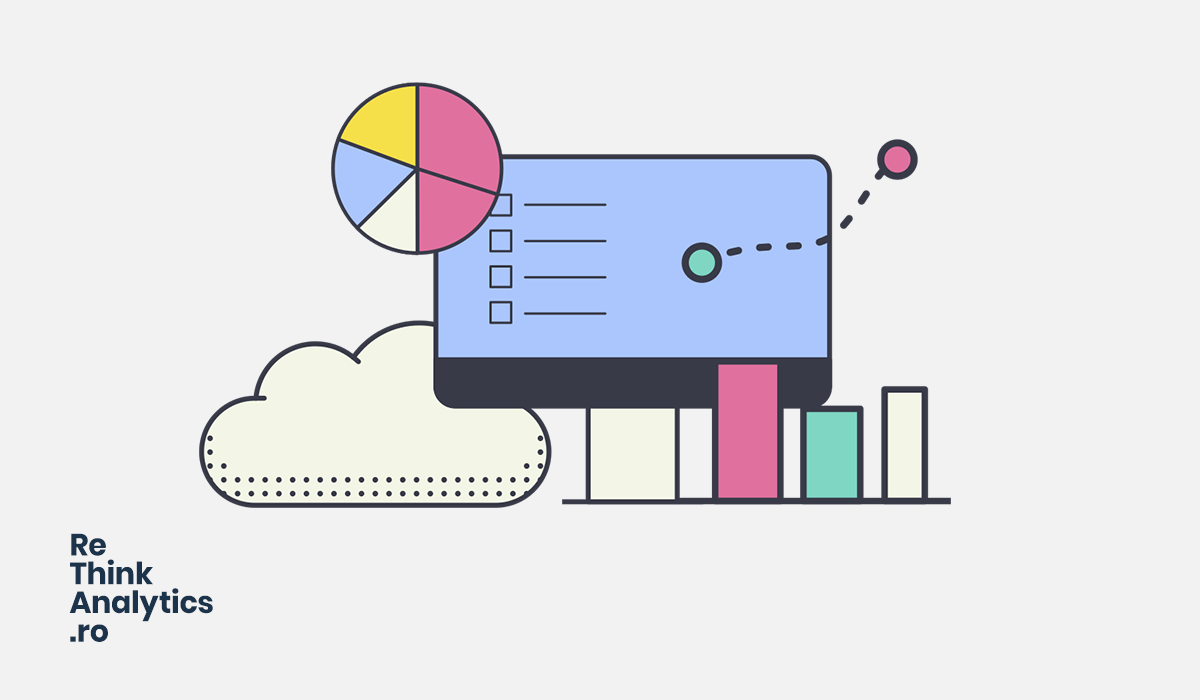
It is high time differences worked out for each other in a very clear stated and balanced way
Values are fixed, actions are flexible. Idealization is for branding and continuous positioning, but marketing remains with facts. And nowadays, data makes it possible. We don’t need personas anymore, because we have the data that speaks a real truth, not an idealized one. We don’t need anymore opinions in marketing, last-minute actions, copy-cat promotions,because now we have statistics that could inform our vision and better direct our actions. In a manner that speaks not only for the brand, but for the exact people who choose it.
Data reveals the people who choose our brand, where they buy it from, how they make the purchase decision, why they sometimes give up our product and do not proceed with a purchase, why they love it, hate it, whether the newsletters we are sending are just bulk and spam information or gold, whether our messages are tailored rightly or our communication channels are the suitable ones to reach our target audience.
To stay afloat, brands need to speak to their customers in a more suitable way than they did before
People are always first, and the main advantage now is that we know who they are and what they fancy in our brand.
Brands are created in the mind, but actions must reflect a palpable reality and the reality we are talking about has never been more accessible. In a post-truth era, we have the most suitable tools that reveal facts, helping us to better manage brands and businesses on the whole.
Data, as a first example, can be put to best use when it comes to customer profiling
When you want to know WHO are the people who interact with your brand, customer profiling can provide an answer. Profiling is in itself a complex term, that can be understood from at least two angles, marketing wise:
- Demographic profiling: age, profession, gender, lifestage
- Behavioral profiling: actions on page, frequency, preferences,recency of visits, value
Many companies see themselves overwhelmed by the quantity of information that needs to be collected, segmented, researched for valuable insights and acted upon. There are nevertheless many specialized tools, not to mention innovative companies that can provide traineeship and consultancy. However, most organizations can access all customer profiling data already, considering there are proprietary ecommerce and advertising platforms available, website analytics, CRM, ERP systems and social media software. Besides the ones stated, the following can prove to be a smart choice for companies who want to make a first data-driven decision:
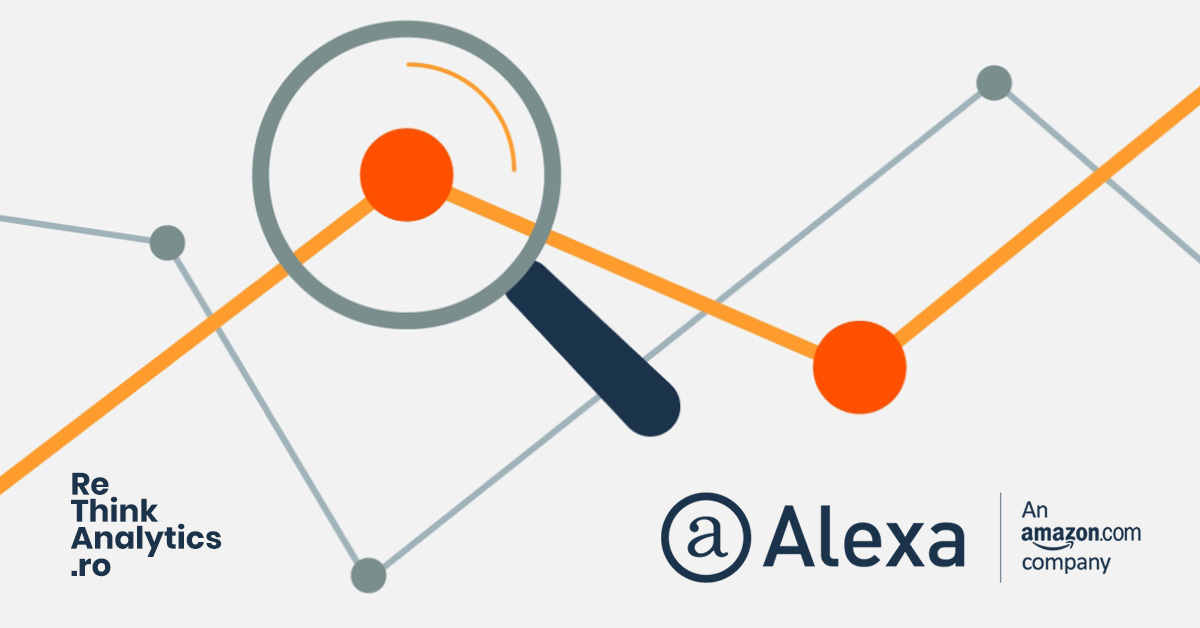
This tool helps you find out about your target audience’s basic demographic information, including age, gender, education levels, family status and browsing locations. Alexa operates on many SEO tools for better results and they also provide information on upstream and downstream site visits, which is for the better, as it can reveal related interests and internet usage behavior.
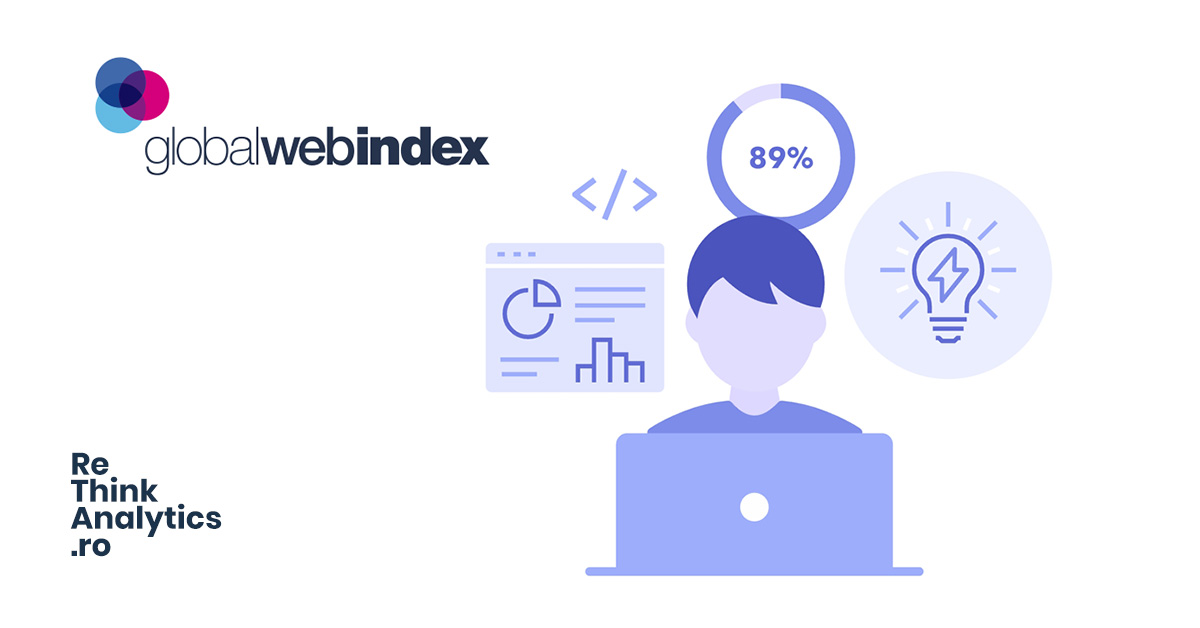
A tool that works on intent – companies can build a digital profile of audiences they want to reach out to. It is maybe one of the most interesting tools available, as it mixes intent with reality. The already existing demographic and attitudinal data may be enhanced with online behavior, device ownership, social media usage, online marketing preferences and motivations. Buyer personas are turned into leads, turned into real people a marketer can reach with the right knowledge, insight and data. Global web index has access to global consumer insights.
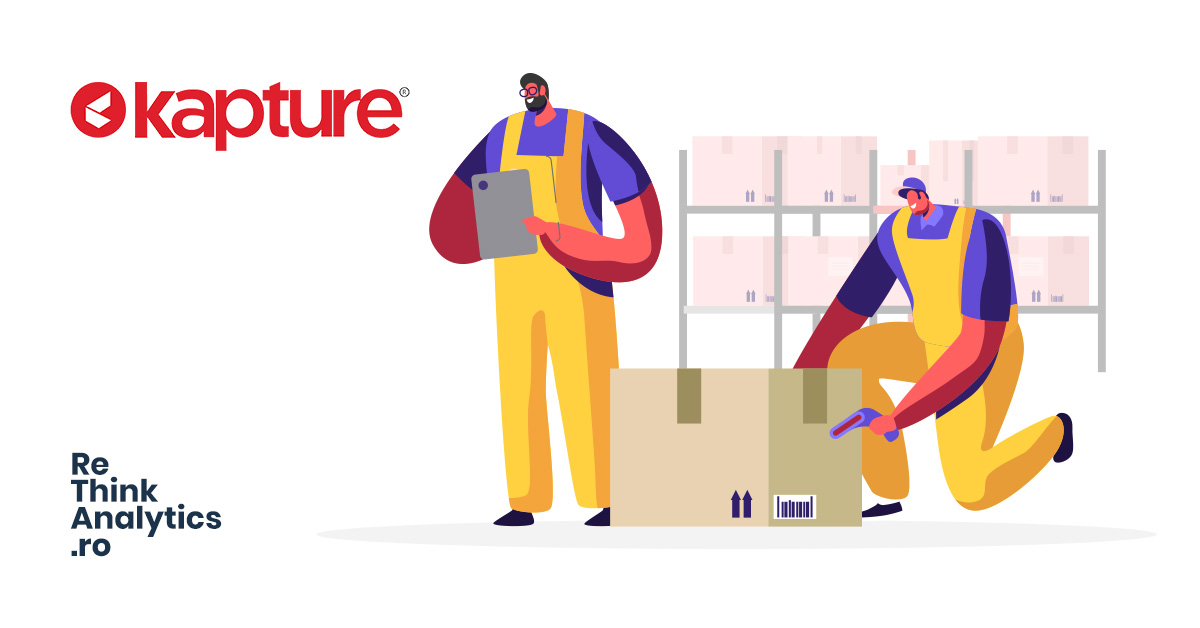
How do people interact with your brand? Kapture CRM is designed to help you find this relevant information, contact details and location and it can segment and classify your clients in a very detailed way.
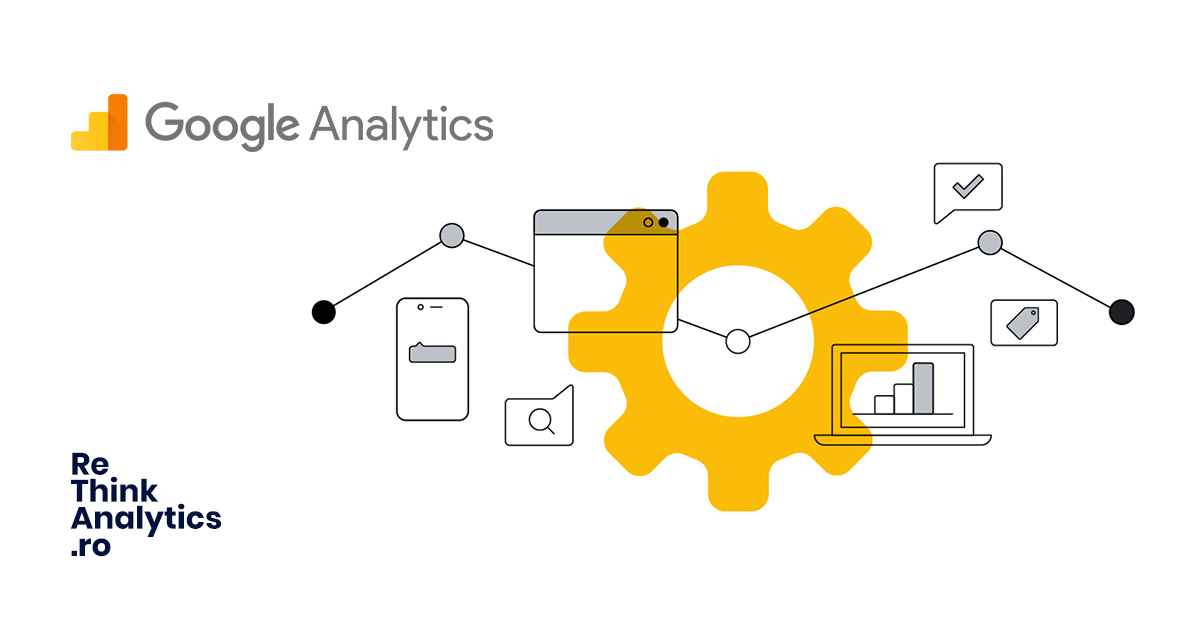
The most easily available platform, there are too few businesses that didn’t link their digital accounts to a Google Analytics page. The tool provides both demographic and behavioral information, device preferences, a lot of quantitative data that can be refined and turned into qualitative information by setting an objective and looking in its direction. You can find out a lot about your potential customers by observing the graphs provided by Google Analytics and create a realistic and insightful customer profile.
These three tools are designed to offer both technical and behavioral information related to already existing or desired customers. Data is paramount in reaching 100% accuracy when it comes to WHO are the customers that love your brand, hate it or wish they had it close. Customer profiling with data is maybe one of the first steps that can be done by a company towards a data-driven culture.
The next stop of our data&marketing theme will debate the importance of customer segmentation.